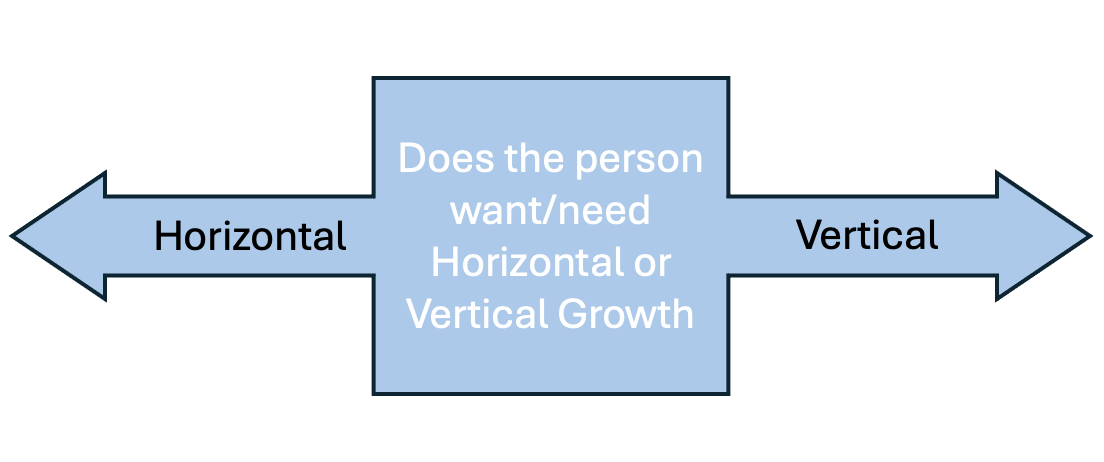In a world where direction and structure are pivotal in everything from architecture to digital design, the terms vertical and horizontal form the foundational basis of spatial understanding. These two orientations dictate alignment, stability, functionality, and visual aesthetics in disciplines ranging from engineering to user interface design. This comprehensive guide delves deep into the vertical vs. horizontal dichotomy, explaining their meanings, applications, advantages, and relevance across various domains.
What is Vertical?
Vertical refers to an orientation or direction that aligns up and down, perpendicular to the horizon or horizontal plane. In physical and visual contexts, vertical lines or elements extend from the bottom to the top or vice versa.
Characteristics of Vertical Orientation
Direction: Perpendicular to the horizontal; aligned with gravity.
Examples: Elevator shafts, flagpoles, skyscrapers, standing people.
Psychological Impact: Vertical structures often signify growth, stability, power, and hierarchy.
Measurement Tools: Verticality is measured using levels, inclinometers, and plumb lines.
Applications of Vertical Structures
Architecture: Tall buildings such as towers and skyscrapers are designed vertically to maximize limited ground space.
Interior Design: Vertical storage solutions, like bookshelves and wardrobes, utilize space efficiently in compact areas.
Digital Interfaces: Scrollable vertical layouts are commonly used in mobile apps and websites to facilitate user navigation.
What is Horizontal?
Horizontal describes an orientation that runs left to right or parallel to the horizon. It is considered the natural alignment of rest, equilibrium, and balance.
Characteristics of Horizontal Orientation
Direction: Parallel to the horizon or ground level.
Examples: Tables, beds, roads, and computer monitors.
Psychological Impact: Horizontal structures evoke calm, relaxation, and tranquility.
Measurement Tools: Spirit levels, laser levels, and visual alignment tools are used for determining horizontality.
Applications of Horizontal Structures
Architecture: Horizontal layouts like bungalows or ranch-style homes offer easy accessibility and flow.
Visual Media: Television screens, panoramic photographs, and wide-screen formats all utilize horizontal formats for better field of view.
Business Structures: In organizational charts, horizontal structures represent flat management systems with fewer hierarchical levels.
Key Differences Between Vertical and Horizontal
| Aspect | Vertical | Horizontal |
|---|---|---|
| Direction | Up and down | Side to side |
| Symbolism | Power, hierarchy, growth | Calmness, equality, stability |
| Usage in Architecture | Skyscrapers, towers | Ranch houses, halls |
| Design Applications | Menus, mobile app layouts | Web navigation bars, panoramic images |
| Space Optimization | Saves ground space | Requires more surface area |
| Scrolling Behavior | Vertical scrolling (common in modern interfaces) | Horizontal scrolling (less intuitive on many devices) |
Vertical vs. Horizontal in Business Strategy
In corporate structures, vertical and horizontal can refer to how a company is organized:
Vertical Integration
Definition: A strategy where a company controls multiple levels of its supply chain.
Example: A car manufacturer owning its own steel plant, tire production, and distribution.
Advantages: Improved efficiency, cost control, and reduced dependency on external suppliers.
Horizontal Integration
Definition: A business strategy where a company acquires or merges with others at the same level of the supply chain.
Example: A retail brand buying out a competing chain.
Advantages: Increased market share, reduced competition, and economies of scale.
Both strategies play crucial roles in shaping competitive advantages and market dynamics in numerous industries.
Vertical and Horizontal in User Interface Design
In the realm of UI/UX design, vertical and horizontal layouts influence user behavior and interaction:
Vertical Layouts
Predominantly used in mobile interfaces, blogs, and long-scroll content.
Encourages sequential exploration.
Supports single-column formats that focus on content hierarchy.
Horizontal Layouts
Common in desktop interfaces, galleries, and data visualization dashboards.
Encourages parallel viewing.
Useful for showcasing categories, image sliders, or comparative content.
Proper use of vertical and horizontal design principles ensures a more intuitive and engaging user experience.
Psychological and Cultural Interpretations
Across cultures and disciplines, vertical and horizontal lines carry symbolic meaning:
Vertical Lines: Often associated with dominance, strength, and aspiration. They draw the eyes upward, suggesting elevation or spirituality.
Horizontal Lines: Associated with serenity, grounding, and equality. They represent rest and balance, common in peaceful landscapes.
These interpretations guide decisions in art, branding, architecture, and interior design.
Vertical vs. Horizontal in Data Visualization
Choosing between vertical and horizontal formats can significantly affect the clarity of information in data presentation.
Vertical Bar Charts: Best used when categories are few and labels short.
Horizontal Bar Charts: Useful when labels are lengthy or when comparing many items.
Tables, infographics, and dashboards all rely on strategic placement of vertical and horizontal components for maximum readability and effectiveness.
Selecting the Right Orientation: Factors to Consider
When deciding between vertical and horizontal orientations, the context is critical:
Space Constraints: Vertical formats optimize limited space.
User Behavior: Consider how users interact with the medium.
Device Type: Mobile favors vertical; desktops accommodate horizontal better.
Content Type: Text-heavy content often suits vertical layouts, while visual content excels in horizontal arrangements.
Aesthetic Goals: Vertical conveys authority; horizontal promotes calm.
Understanding these nuances ensures the correct orientation is applied for the best functional and aesthetic result.
Conclusion
The contrast between vertical and horizontal goes far beyond direction—it shapes how we design, build, organize, and perceive the world. From towering skyscrapers to calm, sprawling plains, from hierarchical corporations to flat organizations, this duality guides strategic, visual, and psychological decisions every day. Recognizing when to use each orientation enhances functionality, efficiency, and user satisfaction across all areas of application.


















